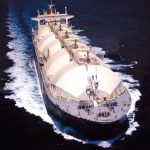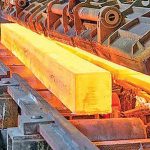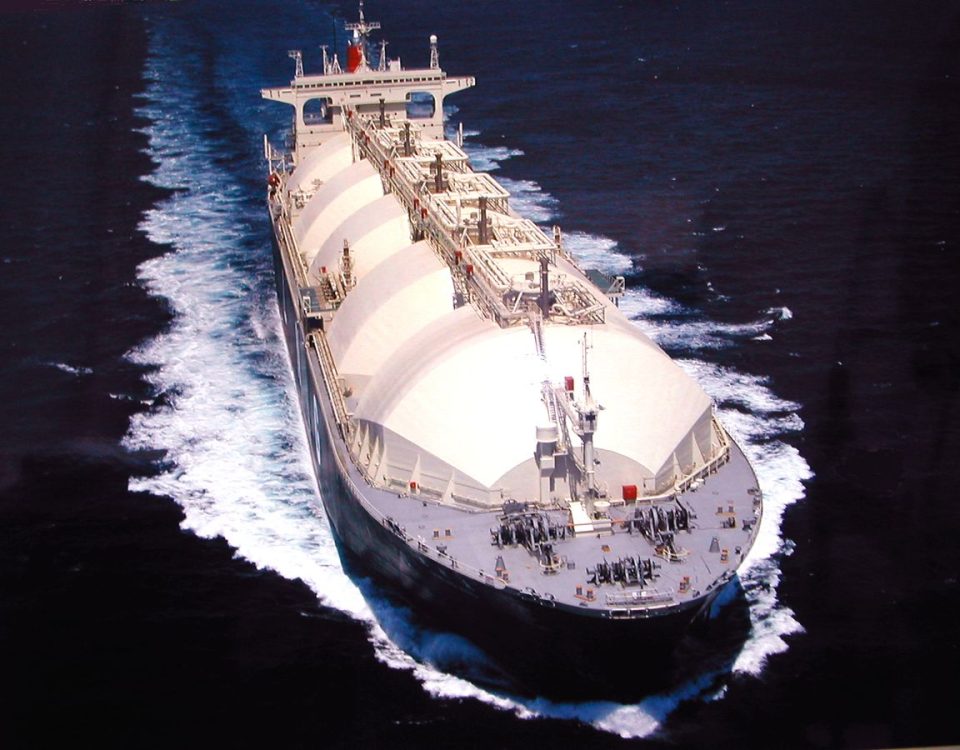
International LPG swaps: All swaps fall
July 22, 2025
Industry Realignment Concludes Presence of Key Steel Player at Two European Sites
July 26, 2025
International LPG swaps: All swaps fall
July 22, 2025
Industry Realignment Concludes Presence of Key Steel Player at Two European Sites
July 26, 2025Renewed Red Sea Violence Halts Shipping Route Recovery
The sinking of two cargo vessels in the Red Sea ended steel importers’ earlier hopes that the busy shipping route’s return to normal service would reduce steel transport costs this summer.
Houthi rebels followed their July 6 attack on the Greek-operated bulk carrier Magic Seas with the sinking of a second ship, the Eternity C, on July 9. These were the first cargo ships sunk while en route to the Suez Canal during 2025.
The renewed attacks came less than a month after French shipping line CMA CGM became the first shipping provider to navigate the Suez Canal since March 2024. According to shipping data, volumes through the Red Sea remain 60% below pre-attack levels.
The Yemen-based Houthis claimed this month’s violence was a response to shipping companies’ alleged violation of their ban on Israeli port calls.
On July 10, freight costs from China to Turkey had risen by 43% week-on-week following the attacks. However, the conflict is not expected to significantly affect Asia-EU shipping, as most exporters continue using the longer Cape of Good Hope route.
Shipping and Tariff Challenges:
The attacks didn’t halt the recent price decline in container shipping rates, with the World Container Index (WCI) falling 2.6% to $2,602 per 40-foot container during the week to July 17 – its fifth consecutive weekly drop. This follows a temporary spike caused by pre-deadline export surges ahead of U.S. tariff negotiations.Asian steel exporters face compounded challenges from both shipping volatility and increased U.S. tariffs. The Section 232 steel tariffs were doubled to 50% on June 4, with “reciprocal” tariff negotiations extending through August.
Recent weeks have seen the U.S. administration issue tariff threat letters to various nations while announcing provisional deals with Indonesia and Vietnam.
Many Asian producers may redirect exports to the EU, where some suppliers have already reduced prices to offset new EU safeguard measures. From 2026, they’ll also need to address CBAM tax costs.
Asian Oversupply Concerns:
With domestic markets oversupplied amid weak demand and Chinese competition, Asian countries must maintain exports. China’s steel exports grew 9.2% year-on-year in H1 2025, reaching 58.2 million tonnes.Taiwanese market participants show particular concern about oversupply risks during ongoing U.S. trade talks. Taiwan imported 756,684 tonnes of U.S.-bound steel in 2024, ranking as the fourth-largest Asian supplier. On July 3, Taiwan imposed antidumping duties up to 20.15% on Chinese hot-rolled products.


